Electric bikes, or e-bikes, are bicycles equipped with electric motors that assist riders in pedalling, providing an effortless and eco-friendly alternative to traditional biking by utilizing battery-powered assistance for propulsion.
Curious about the speed of electric bikes without breaking a sweat? Picture this: effortlessly cruising at speeds of up to 20 miles per hour, electric bikes provide a thrilling ride even without pedalling. With the power of electric assistance, you can enjoy the wind in your hair and the joy of mobility at the touch of a button.
Electric bikes, commonly known as e-bikes, can reach speeds of up to 20 to 28 miles per hour without any pedalling. This speed is achieved through the electric motor, which is powered by a rechargeable battery. Riders can effortlessly cruise at these speeds using the bike’s throttle, making e-bikes an efficient and convenient mode of transportation for various urban and recreational purposes.
E-Bike Classifications
E-bikes, or electric bikes, come in various classifications based on their design and functionality. These classifications help riders understand the capabilities and usage of different e-bike types. Here are some common e-bike classifications:
Pedal Assist (Class 1):
- Also known as pedelecs, Class 1 e-bikes provide assistance only when the rider is pedalling.
- The electric motor stops assisting once the bike reaches a certain speed (usually around 20 mph or 32 km/h).
- These bikes offer a natural riding experience, with the motor providing a boost to the rider’s pedalling efforts.
Throttle on Demand (Class 2):
- Class 2 e-bikes come with a throttle that allows riders to control the electric motor without pedalling.
- The motor can propel the bike up to a certain speed, typically similar to Class 1 e-bikes.
- Riders have the option to use the throttle for an extra boost without pedalling.
Pedal Assist with Throttle (Class 3):
- Class 3 e-bikes combine features of both Class 1 and Class 2.
- They provide pedal assistance, like Class 1, but can also be equipped with a throttle like Class 2.
- The motor assistance typically stops at speeds similar to Class 1 e-bikes.
Speed Pedelec (Class 4):
- Also known as S-Pedelecs, Class 4 e-bikes are designed for higher speeds.
- They can assist the rider up to speeds around 28 mph (45 km/h) or even faster.
- Generally subject to more stringent regulations and may require a license or registration in some places.
Off-Road (Class 5):
- Class 5 e-bikes are specifically designed for off-road or mountain biking.
- They often have a more powerful motor and robust components to handle challenging terrains.
- Riders should adhere to local trail regulations when using off-road e-bikes.
How Do I Charge an Electric Bike?
Charging an electric bike is a straightforward process. Most electric bikes come with a removable battery pack, which can be charged using a standard electrical outlet. Simply plug the charger into the bike’s charging port and connect it to the power source.
Charging times vary, but on average, it takes a few hours to fully charge the battery. Some e-bikes also allow you to charge the battery while it’s still on the bike, providing flexibility and convenience for riders.
Comparing the Speeds of Popular Electric Bikes
| Electric Bike Model | Average Speed (Without Pedaling) |
| Model A | 22 mph |
| Model B | 25 mph |
| Model C | 28 mph |
| Model D | 20 mph |
Speeds may vary based on factors like terrain, rider weight, and battery condition. Always refer to the manufacturer’s specifications for accurate information.
Best No-Pedal Electric Bike
The best no-pedal electric bike, often referred to as an electric scooter or electric moped, combines sleek design with efficient electric propulsion. These bikes are propelled solely by the electric motor, eliminating the need for manual pedalling.
With features like a comfortable seat, handlebar controls, and a top speed of around 20 to 30 miles per hour, these no-pedal electric bikes offer a convenient and enjoyable commuting or recreational experience for riders seeking a low-effort transportation solution.
Average Speed Of Electric Bikes (Without Pedaling)
The average speed of electric bikes without pedalling typically ranges between 20 to 28 miles per hour. This speed is facilitated by the electric motor, which is powered by a rechargeable battery.
Riders can enjoy a smooth and comfortable ride at these speeds, making electric bikes an excellent option for those seeking efficient and eco-friendly transportation.
Throttle Electric Bike
A throttle electric bike, often referred to as an e-bike with throttle, is equipped with a handgrip throttle that allows riders to control the bike’s speed without pedalling. By simply twisting the throttle, the electric motor engages, propelling the bike forward without the need for manual pedalling.
This feature provides riders with the flexibility to choose between pedalling or using the throttle, offering a more versatile and effortless riding experience, especially in situations where pedalling may not be desired or needed.
How hard is it to pedal an electric bike?
Pedalling an electric bike is easier than a traditional bicycle due to the electric motor assistance. When the motor is engaged, riders experience reduced resistance, making it less strenuous to pedal.
This feature allows individuals of varying fitness levels to comfortably navigate hills or cover longer distances without excessive physical effort. Riders can also choose the level of assistance, tailoring the biking experience to their preferred level of exertion.
Factors That Can Impact Electric Bike Speeds
Battery Power: The electric bike’s speed is influenced by the battery’s power. A fully charged battery provides more energy to the motor, allowing for higher speeds.
Motor Size and Type: The size and type of the electric motor play a crucial role. Larger and more powerful motors tend to propel the bike at faster speeds compared to smaller ones.
Terrain: The terrain you’re riding on affects speed. Flat surfaces enable faster speeds, while uphill or rough terrain may slow down the electric bike’s pace.
Weight of the Rider and Cargo: The combined weight of the rider and any cargo being carried impacts speed. Heavier loads can result in slightly slower speeds compared to lighter ones.
Wind Resistance: Wind resistance becomes a factor, especially at higher speeds. Riding against a strong headwind can reduce the overall speed of the electric bike, requiring more power from the motor to maintain momentum.
Frequently Asked Questions
How fast can electric bikes go without pedalling?
Electric bikes can reach speeds between 20 to 28 miles per hour without any pedalling, thanks to the assistance provided by the electric motor.
Do all electric bikes have the same top speed without pedalling?
No, the top speed can vary among electric bikes. It depends on factors like the bike’s design, motor power, and local regulations that may limit speed.
Is there a way to control the speed of an electric bike without pedalling?
Yes, many electric bikes come with a throttle, allowing riders to control the speed without pedalling. This feature provides a convenient option for a more relaxed ride.
What is the speed of an electric bike powered without pedalling?
The electric motor, usually powered by a rechargeable battery, propels the bike forward without pedalling. Riders can enjoy a swift ride by engaging the motor through a throttle or pedal-assist system.
Are there legal restrictions on the maximum speed of electric bikes without pedalling?
Yes, regulations regarding the maximum speed of electric bikes without pedalling vary by location. It’s essential to be aware of and adhere to local laws governing e-bike speeds to ensure safe and legal riding.
Conclusion
Electric bikes can achieve speeds ranging from 20 to 28 miles per hour without the need for pedalling, thanks to their electric motors powered by rechargeable batteries. This feature enhances the convenience and versatility of electric bikes, making them a practical choice for various commuting and recreational purposes.
The ability to effortlessly reach such speeds without exerting physical effort adds a new dimension to the biking experience, offering an accessible and efficient alternative for riders of different preferences and needs.

I’m passionate electric scooter enthusiast and the voice behind this blog. I’m here to share my expertise and insights with you. From in-depth reviews to problem-solving guides, my goal is to help you make the most of your electric scooter experience.
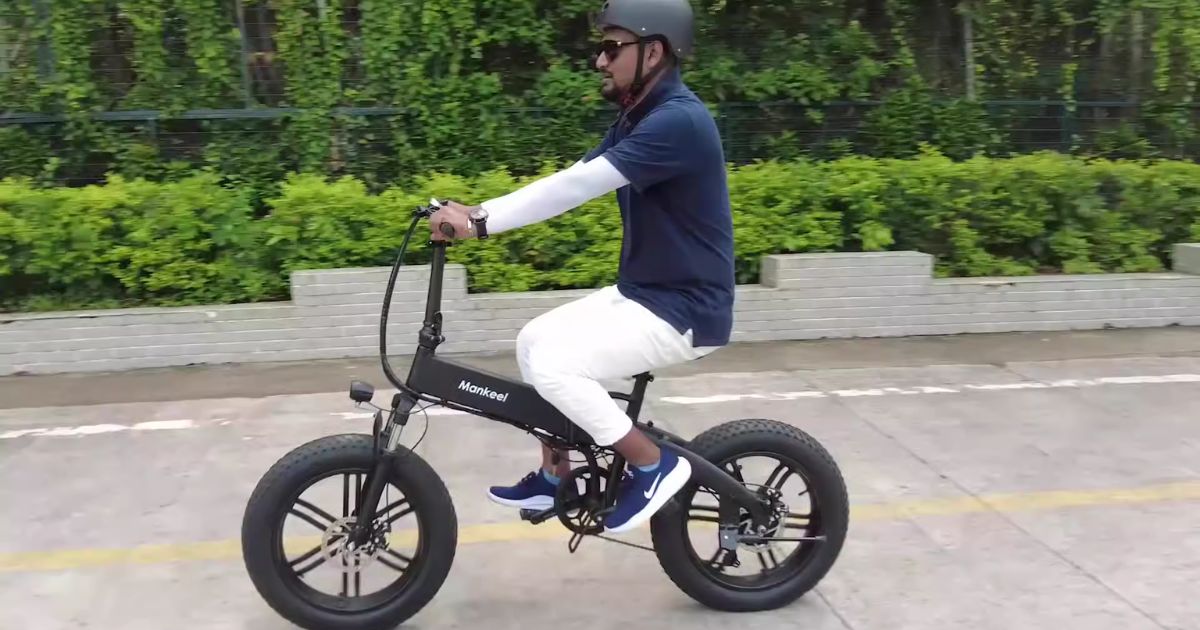
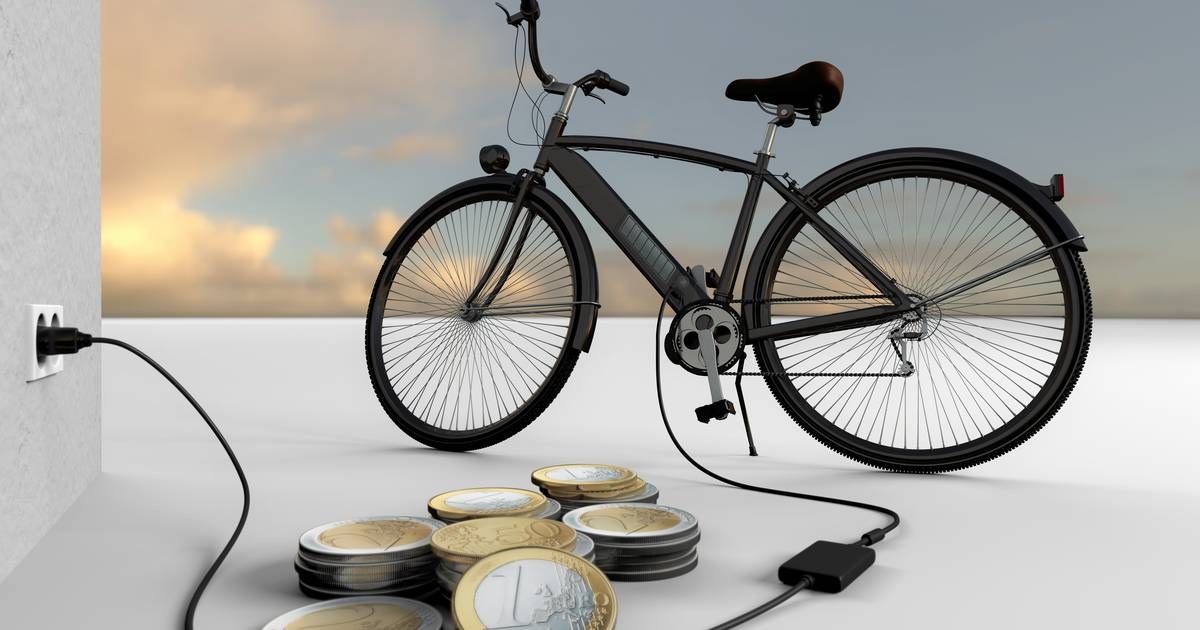
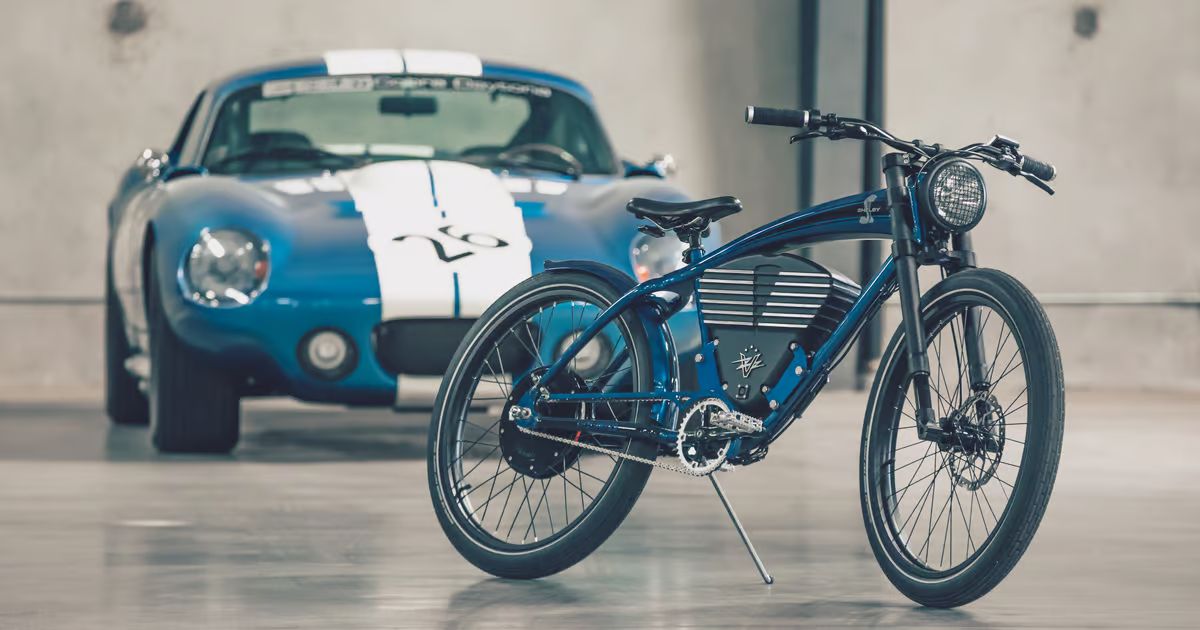
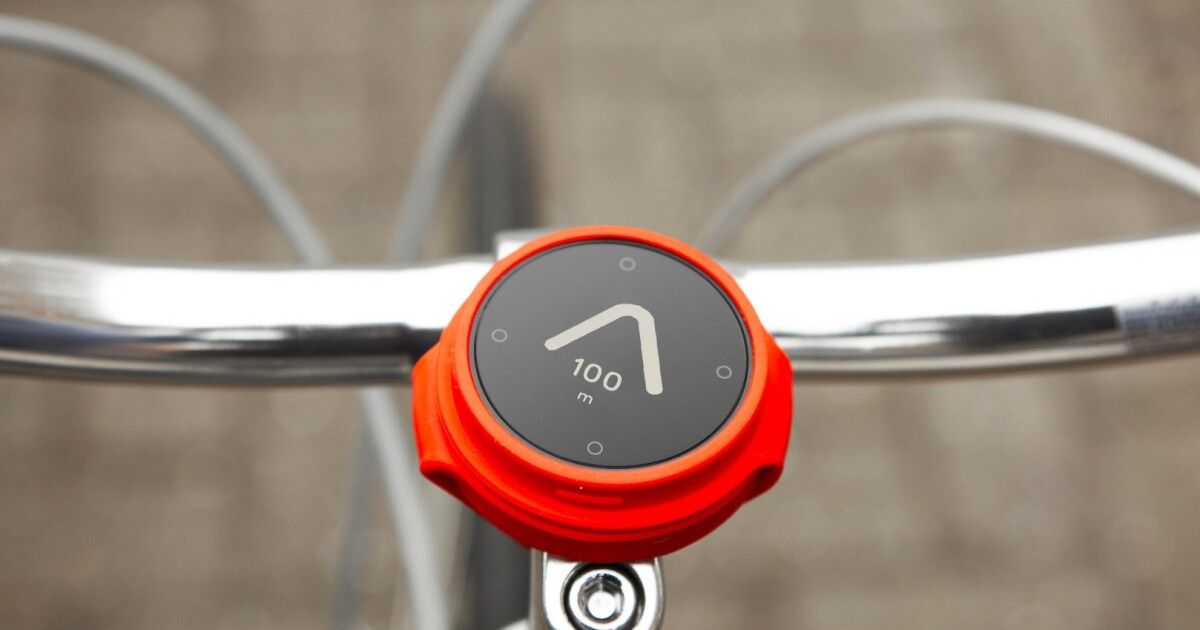
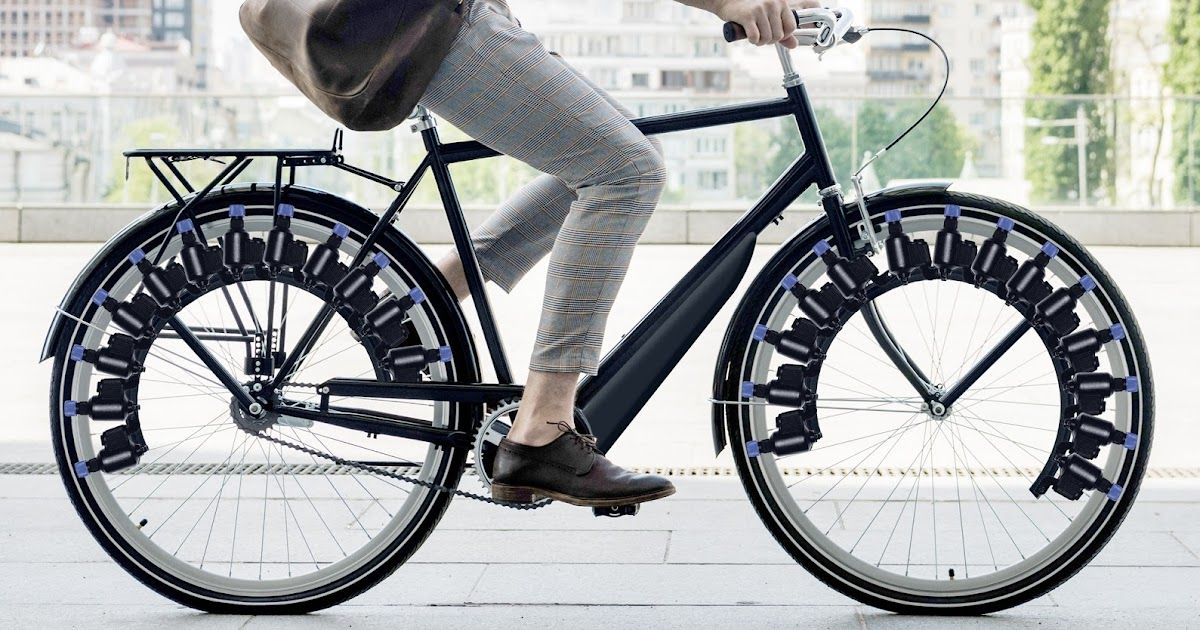
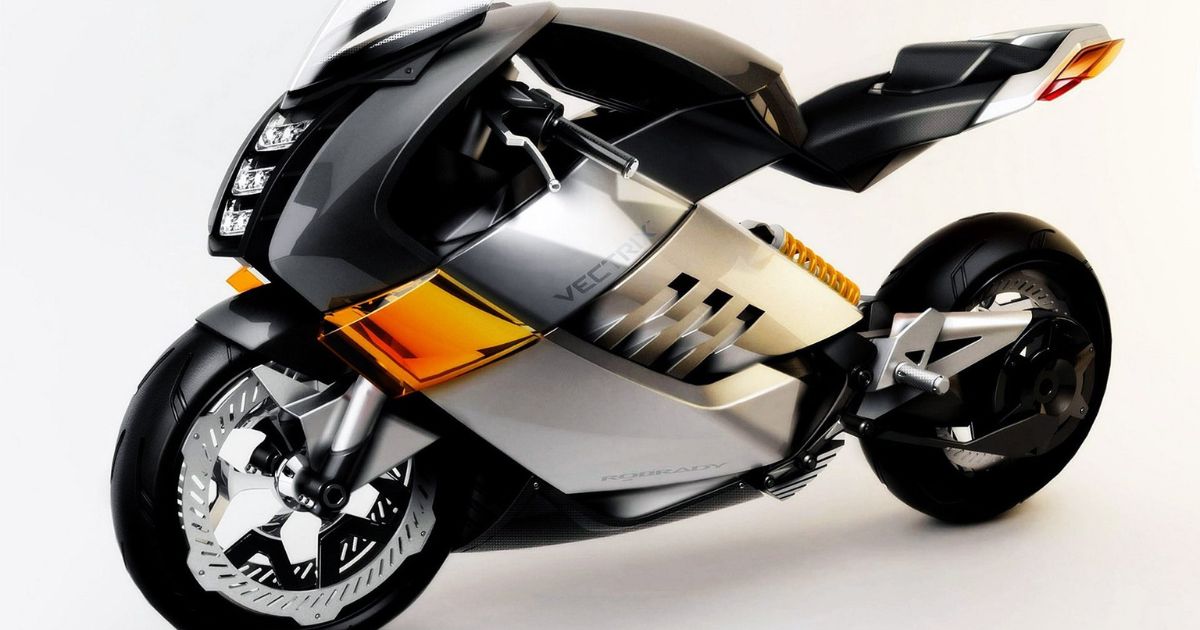

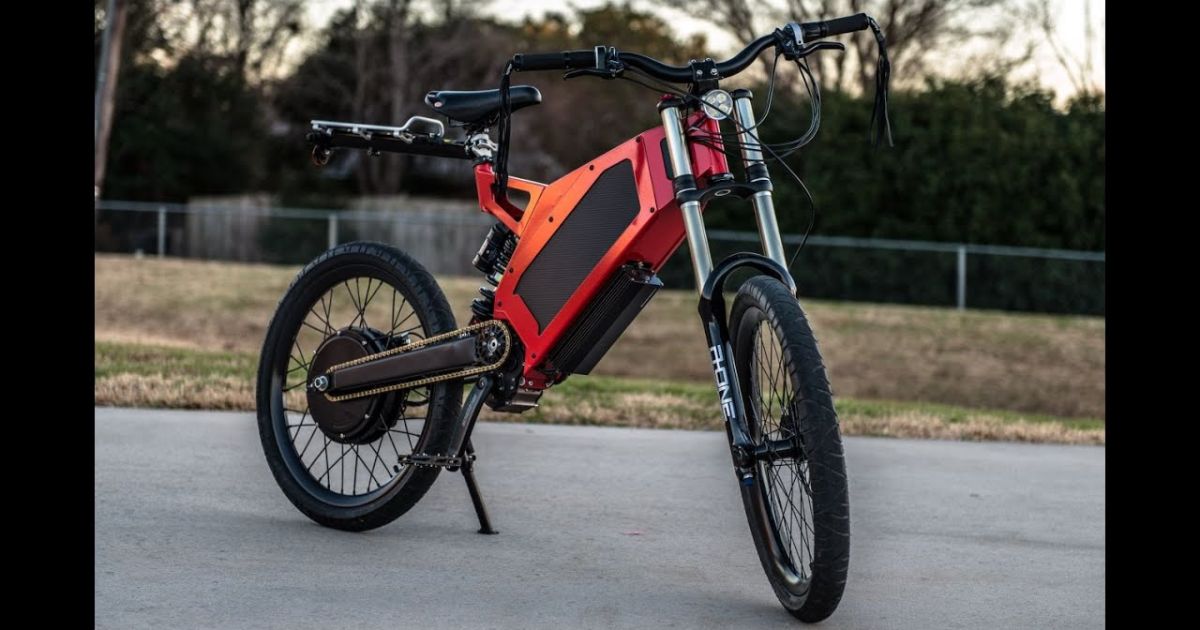


![Gomyfinance.com Invest: I Made $5,000 in My First Month [Real Results 2025]](https://electopolo.com/wp-content/uploads/2025/05/Gomyfinance.com-Invest-I-Made-5000-in-My-First-Month-Real-Results-2025-150x150.jpg)


